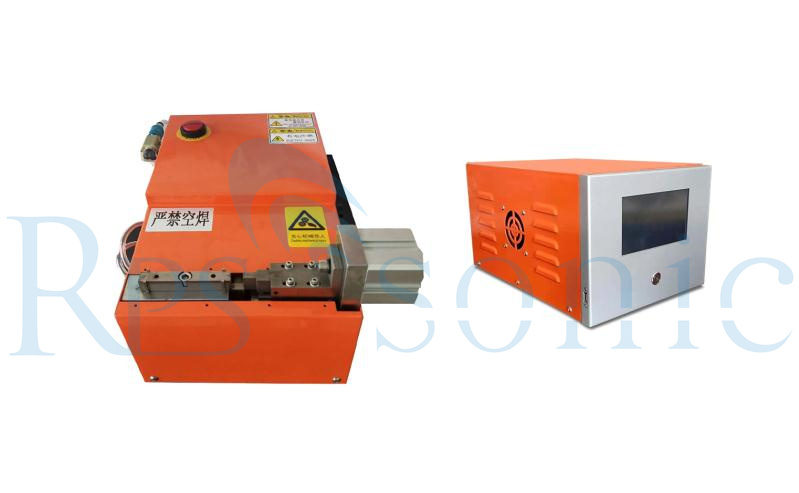20Khz 2000w High Power Ultrasonic Harness Welding Machine
Parameter| Power | 2000W | Frequency | 20KHZ |
| Power supply | 220V | Gas source | 0.5kg |
| Way to control | Single chip microcomputer | Maximum working stroke | 30mm |
| Welding area range | 0.3M2-10M2 | Welding time range | 0.2s---5s |
| Welding mode | Automic | Quality control | 1year |
| Dimensions | 500LX400WX230H MM | Total Weight | 52kg |
| Generator size | 400LX290WX130H MM | ||
| Features:Automatic tracking of energy, time, welding time, energy, air pressure, width, amplitude adjustable | |||
